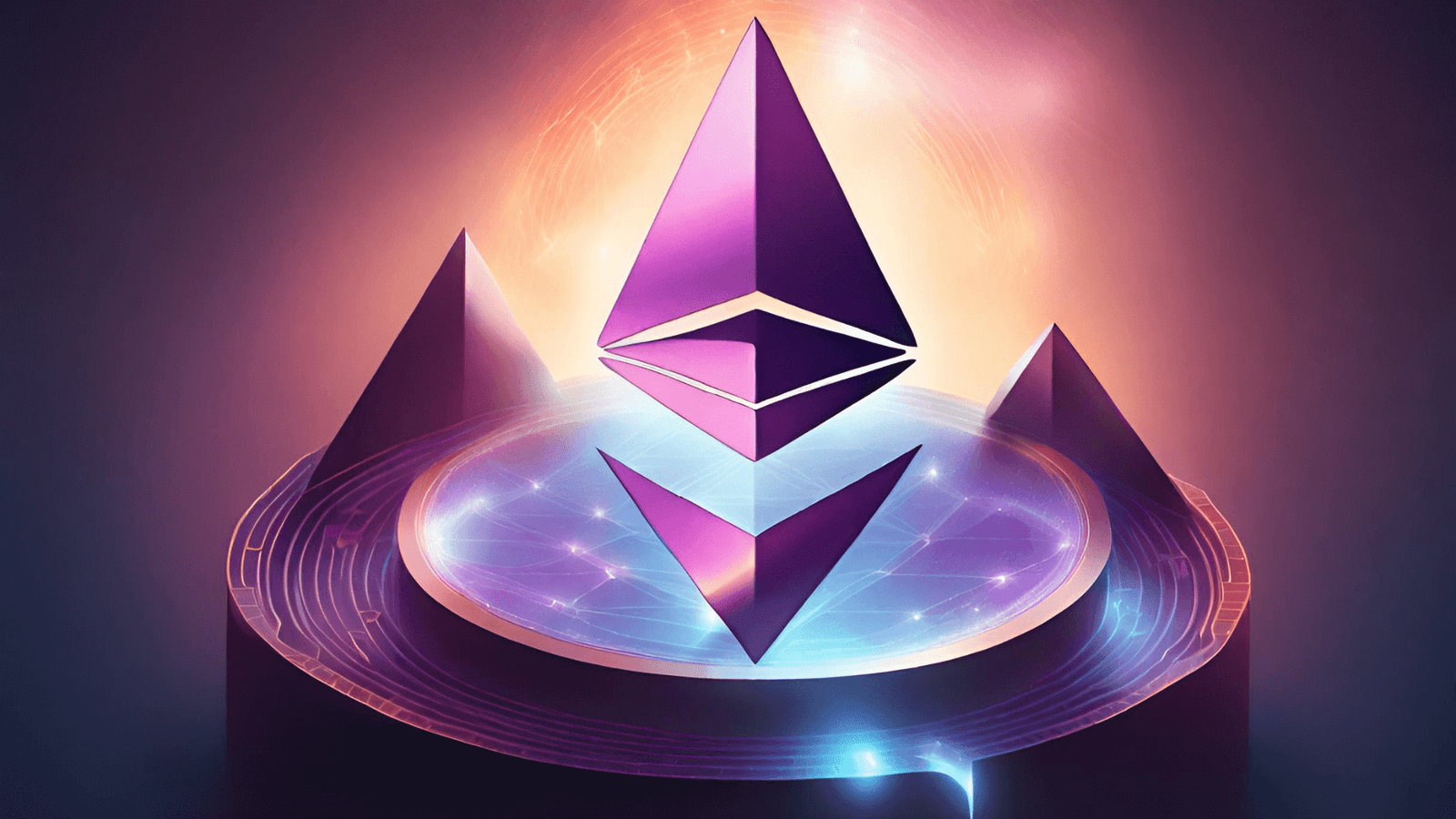Staking vs. Mining: A Comprehensive Comparison to Determine the Right Path

Introduction to Staking and Mining
Staking and Mining in the Cryptocurrency | The financial world by storm, offering new opportunities for individuals to participate in decentralized networks and earn rewards. Two popular methods of earning cryptocurrency are staking and mining. Both approaches have their own unique benefits and considerations, making it difficult to determine which path is the right one for you. In this comprehensive comparison, we will delve into the intricacies of staking and mining, exploring the differences in terms of investment requirements, potential rewards, energy consumption, and technical expertise. By the end of this article, you will have a clear understanding of the pros and cons of each method, empowering you to make an informed decision on how to navigate the exciting world of cryptocurrency.
Environmental Impact: Staking vs. Mining
The world of cryptocurrency offers various ways to participate in the blockchain network and potentially earn rewards
Two popular methods are staking and mining. Staking and mining are essential components of many blockchain networks, enabling participants to secure the network and validate transactions.
Staking involves holding and “staking” a certain amount of cryptocurrency in a digital wallet. By doing so, individuals support network operations and maintain its security.Staking is often seen as a more environmentally friendly alternative to mining, as it consumes significantly less energy.
On the other hand, mining requires powerful hardware and computational resources to solve complex mathematical problems. Miners compete to validate transactions and add them to the blockchain, and they are rewarded with new coins for their efforts. Mining is often associated with more established cryptocurrencies like Bitcoin.
Both staking and mining have their pros and cons, and the right path depends on individual circumstances and preferences
Some factors to consider include the desired level of involvement, technical expertise, initial investment, energy consumption, and potential returns.
In this comprehensive comparison, we will delve deeper into the world of staking and mining, exploring their mechanisms, benefits, challenges, and potential rewards. By understanding the ins and outs of each method, you’ll be better equipped to determine which path aligns with your goals and resources. So, let’s explore the fascinating worlds of staking and mining in the cryptocurrency realm.
Investment requirements and costs of staking and mining
When it comes to cryptocurrency, staking and mining are two popular methods for earning passive income
However, they different significantly in terms of their investment requirements and costs.
Let’s start with staking.
Staking requires you to hold a certain amount of coins in a supported wallet, which is often referred to as a “staking wallet.” The minimum amount of coins required for staking varies depending on the cryptocurrency. In some cases, it may be as low as a few hundred coins, while in others, it could be in the thousands.
The initial investment for staking primarily depends on the cost of acquiring the required amount of coins. Additionally, you may also need to consider the cost of a suitable staking wallet and any transaction fees associated with staking. However, compared to mining, the investment for staking is generally considered to be more accessible and affordable for most individuals.
On the other hand, mining requires a more substantial initial investment. To mine cryptocurrencies, you need to invest in specialized mining hardware, such as ASIC (Application-Specific Integrated Circuit) miners for Bitcoin or GPU (Graphics Processing Unit) miners for other cryptocurrencies. These mining rigs can be quite expensive, easily ranging from hundreds to thousands of dollars.
In addition to the hardware costs, mining also incurs ongoing expenses such as electricity bills and cooling systems to keep the mining rigs running optimally. The electricity consumption of mining rigs can be significant, especially for cryptocurrencies with higher computational requirements. It is crucial to factor in these costs to determine the profitability of mining.
The ongoing maintenance and upgrading of mining equipment can also add to the overall costs.
As technology advances, older mining hardware may become less efficient, necessitating the need for regular upgrades to remain competitive.

Potential rewards and profitability comparison
Earning rewards and determining profitability, both staking and mining offer unique advantages
Let’s delve into a comprehensive comparison of the potential rewards and profitability of each method to help you determine the right path for you.
Staking, in simple terms, involves holding and validating cryptocurrency within a blockchain network. By staking your coins, you actively participate in network operations and consensus. As a result, you can earn rewards in the form of additional coins or transaction fees. The potential rewards from staking can vary depending on the particular cryptocurrency and its staking mechanism. Some projects offer fixed staking rewards, while others have variable rewards based on factors like network participation or coin age.
On the other hand, mining involves
Computational power to solve complex mathematical problems and validate transactions on a blockchain network. Miners are rewarded with newly minted coins as well as transaction fees for their contribution to securing the network. The potential profitability of mining depends on various factors, including the cryptocurrency’s mining difficulty, electricity costs, hardware efficiency, and market value of the mined coins. It’s worth noting that mining can require significant upfront investment in specialized mining hardware and consume substantial electricity.
Staking and Mining in the Cryptocurrency | When comparing the potential rewards and profitability of staking and mining, it’s essential to consider several factors. Staking generally requires owning a certain amount of cryptocurrency to participate, while mining often involves investing in mining equipment and managing ongoing operational costs. Additionally, staking can provide a more predictable and consistent income stream, especially if the staking rewards are fixed. Mining, on the other hand, can offer the potential for higher returns when the cryptocurrency’s value rises, but it also carries the risk of increased competition and diminishing returns as mining difficulty increases.
Ultimately, the choice between staking and mining depends on your individual circumstances, preferences, and goals. If you already hold a significant amount of a particular cryptocurrency, staking may offer a relatively accessible and potentially rewarding option. However, if you have the necessary resources and technical knowledge, mining can be a more immersive and potentially lucrative endeavor. Conduct thorough research, consider your financial capabilities, and assess the market conditions before deciding which path aligns best with your objectives.
Staking and Mining | Energy consumption and environmental impact
One crucial aspect to consider when comparing staking and mining is their energy consumption and environmental impact
Mining, especially in the case of cryptocurrencies like Bitcoin, requires massive amounts of computational power. This level of power consumption has raised concerns about the environmental impact of mining. The energy consumed by mining operations is often sourced from fossil fuels, which contributes to carbon emissions and exacerbates the problem of climate change.
On the other hand, staking, which is the process of holding and validating cryptocurrency in a designated wallet, consumes significantly less energy compared to mining. Staking relies on a proof-of-stake (PoS) consensus mechanism, where validators are chosen based on the amount of cryptocurrency they hold and are willing to “stake” as collateral.By opting for staking over mining, individuals can play a role in reducing their carbon footprint. Staking allows for a more sustainable approach to participate in cryptocurrency networks without contributing to excessive energy consumption and associated environmental concerns.
However, it’s essential to note that the choice between staking and mining depends on various factors, including the cryptocurrency being considered, the individual’s technical expertise, and the desired level of involvement. Both methods have their own advantages and disadvantages, and it’s crucial to carefully evaluate these factors before making a decision.

Conclusion | Staking and Mining in the Cryptocurrency
In summary, staking generally requires a more affordable initial investment compared to mining. However, the profitability of both methods depends on various factors such as market conditions, the price of the cryptocurrency being staked or mined, and the associated costs. It is essential to carefully analyze these factors and consider your budget and goals before deciding which path to pursue.
Ultimately, being aware of the energy consumption and environmental impact of staking and mining is crucial for individuals looking to align their actions with sustainable practices and contribute to a greener future.




